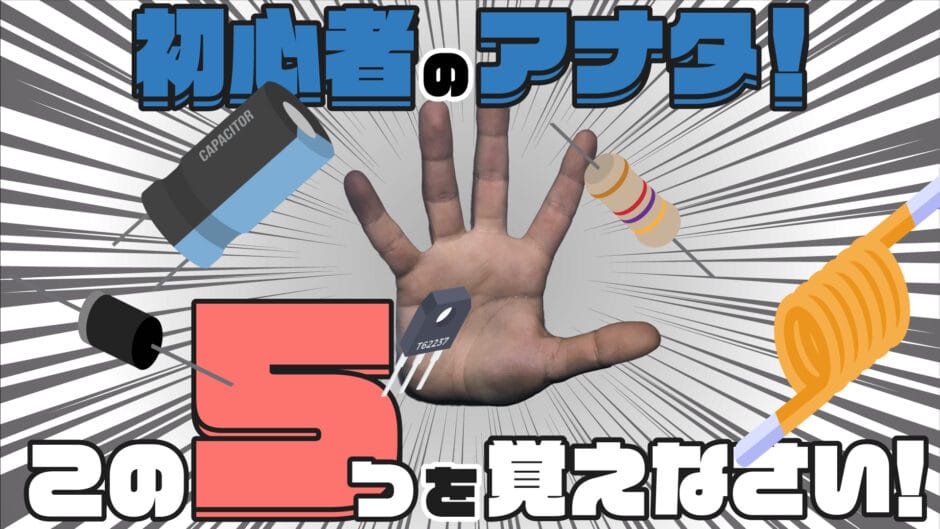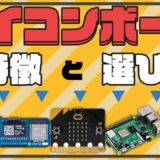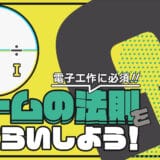YouTube
0:00 Opening
0:34 Role of Electronic Components
1:56 The first 5 components to learn
4:57 One Point Advice
5:30 Summary.
The first five components to remember in electronics

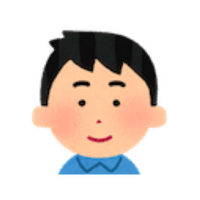
In this article, we will introduce five electronic components that you should keep in mind as a minimum first.
The five electronic components are as follows.
- resistance
- capacitor
- coil
- diode
- electrical transistor
If you keep these five electronic components in mind, you can quickly lower the hurdle to electronic construction, so please read to the end.
What is the role of electronic components?
Before introducing the five electronic components that you should learn at a minimum, we will briefly explain the role of electronic components.
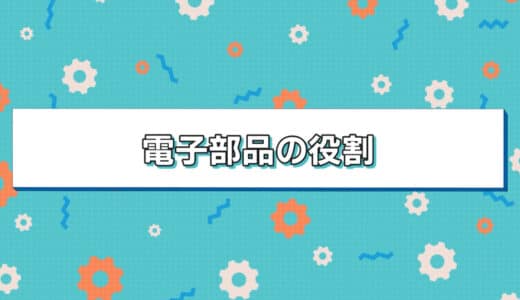
At this point, if electrons just move around, nothing useful will happen, just as nothing happens when a river just flows.
Rivers make our lives convenient only when they are processed so that they collect water, discharge it from high places, and divert it to each household.
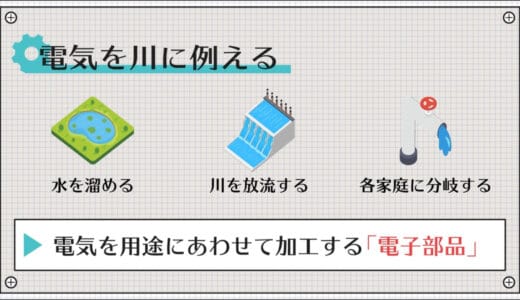
In the same way, electricity needs to be processed from something that is just flowing to something that needs to be processed with some tool.
In such cases, electronic components play the role of tools.

If you want to get a feel for the many types of electronic components available, check out the website of a well-known parts store called Akizuki Electronics.
Those who see them for the first time will be surprised at how many there are.
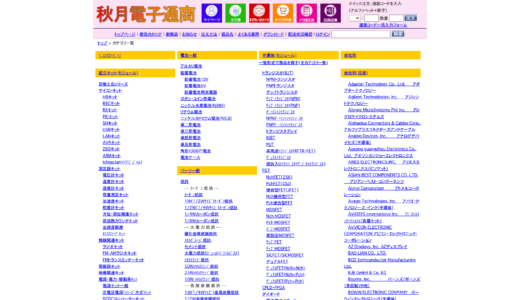
But don’t get me wrong, you don’t have to memorize all of those parts.
This is because once you have the five components I mentioned at the beginning of this article, you will be able to understand the applications beyond them.
Therefore, we recommend that beginners first learn the five components mentioned above.
We will now explain the five electronic components that you should learn at a minimum.
The first five electronic components to learn
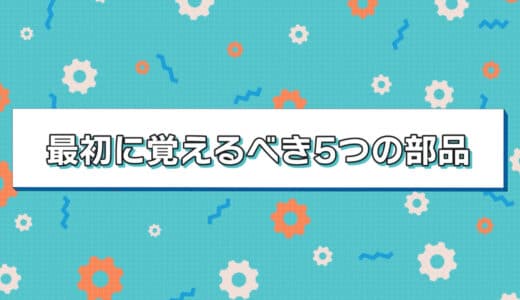
As we mentioned at the beginning of this section, the first five electronic components to learn are as follows
- resistance
- capacitor
- coil
- diode
- electrical transistor
These five electronic components will be described one by one.
resistance
The first electronic component to remember is the resistor.
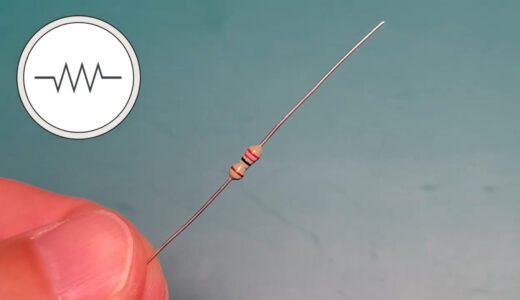
The reason why we bother to suppress it is that the current usually flows at a tremendous rate, like a waterfall, and there is a danger of breaking the circuit if it is left untreated.
Resistance is like the slope of a river; by smoothing it out, it regulates the momentum of the river and makes it easier to process.
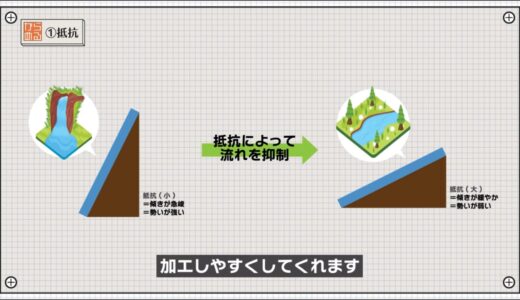
Although its role is simple, the resistor can be applied in many ways, including current regulation, voltage conversion, and a use called pull-up/pulldown.
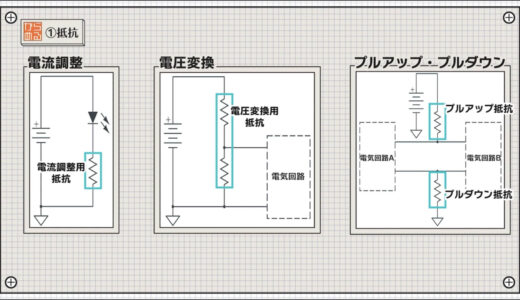
It is always used in any circuit, so it is the first thing to remember.
capacitor
Next, we introduce capacitors.

Just as we build dams to generate electricity or reservoirs in case of drought, we may want to store electricity somewhere.
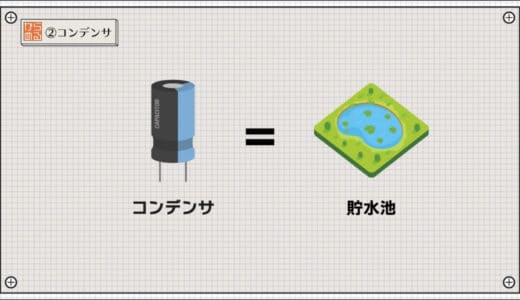
For example, if the power supply is very far away and you try to supply a lot of current, the power supply may not be able to supply the current in time.
In such cases, if a capacitor is connected nearby, the missing electricity will be covered by the capacitor.
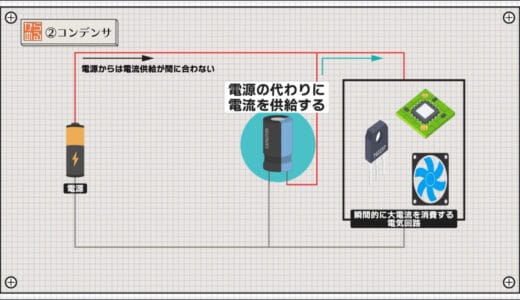
Because capacitors have this effect of stabilizing circuit operation, they are sometimes placed everywhere in a circuit as a spell.
coil
The next item to be introduced is the coil.
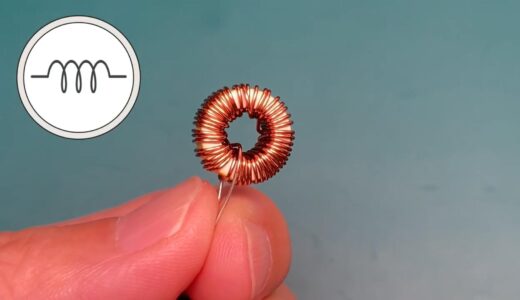
The coil has the following two roles
- Stabilizing current flow
- Storing energy
A coil is a component that actively utilizes the magnetic field generated when an electric current flows and has a very wide range of applications.
It’s hard to use a river as an analogy, but if I had to, it would be like a very heavy water wheel, which takes a lot of work to turn, but once it starts turning, it does not stop easily and keeps sending water in a steady flow.
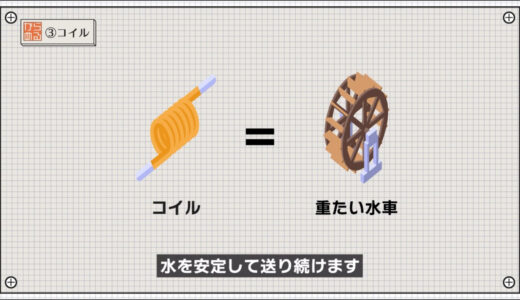
It is the most difficult of the electronic components introduced here to understand, and we rarely see it in electronic circuits, but it is actually used in many places as a behind-the-scenes helpmeet, such as in power circuits and inside motors.
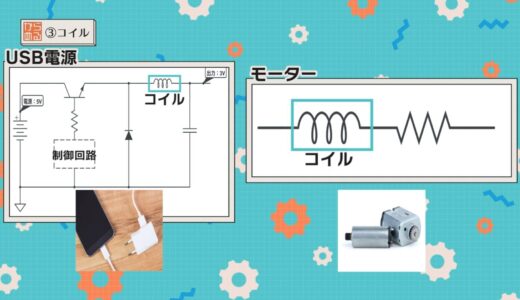
diode
Next is the diode.
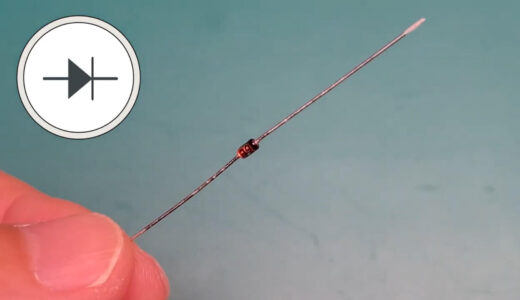
It is to allow electricity to flow in only one direction.
In other words, they are like valves, preventing the water supply from flowing backwards.

This is often used in electronic circuits, for example, when you want to connect two power supplies of different voltages, or when you want to store more and more electricity in a capacitor.
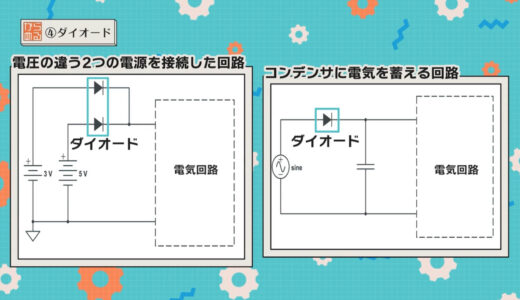
In fact, LEDs are also a member of this diode family, so they are a component that is used quite frequently in electronic construction.
electrical transistor
The last is the transistor.
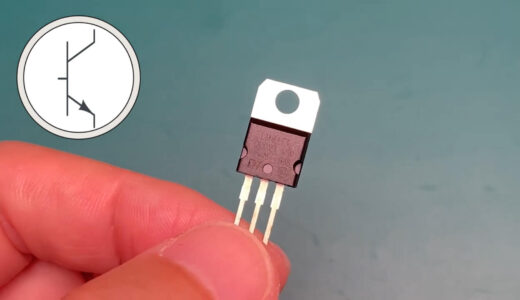
It is like a sluice gate that holds back the flow of a river.
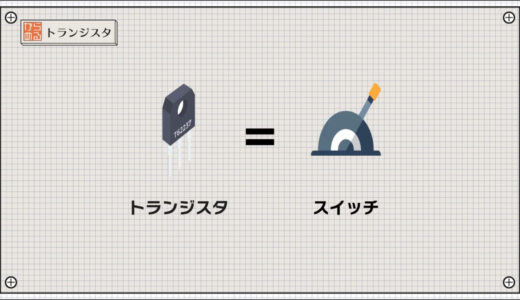
In the world of electricity, electric currents come and go at speeds unimaginably fast in the everyday world, so mechanical switches that we normally see cannot be used because they cannot switch in time.

Therefore, the transistor was developed using semiconductors to switch switches at high speed and with the power of electricity.
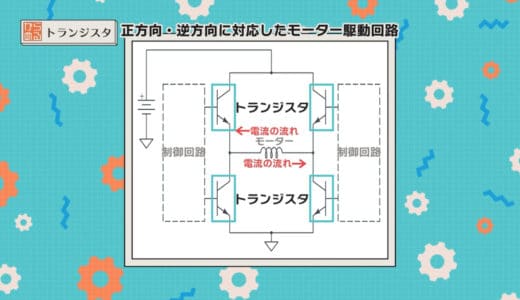
These are the first five electronic components to learn.
small needlepoint design
One last piece of advice.
Many parts and units are made up of the five parts introduced so far, which means that if you understand these five parts, you can apply them to a much wider range of applications.

For example, a motor is made of coils, and a power supply is made of a combination of these five elements.
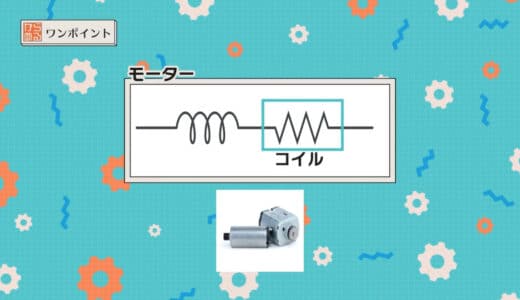
In addition, ICs such as CPUs and operational amplifiers are made from a large collection of large transistors, so let’s make sure we have these five in place first.
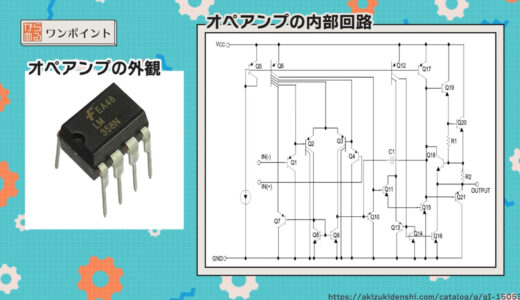
summary
In this article, I have explained the five electronic components that you should learn at least for those of you who are stumped by building circuits without electrical knowledge.
Let us review the five electronic components one last time.
- resistance
- capacitor
- coil
- diode
- electrical transistor
If you look at the circuit diagram again after understanding these five roles, it will be a little easier to understand the operation.

 Start electronics
Start electronics 